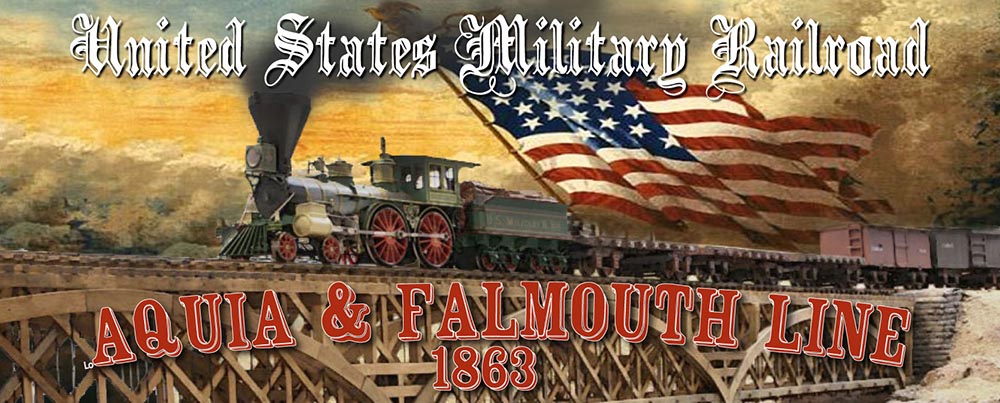| Say hay! Finally have some forage to haul. |
| New light over Burnside's Wharf. Some of the new warehouses are also visible in the image. |
I also added some ballast to the wye tracks. I find that doing a small section of ballast at a time makes for better results.
 |
| Hay warehouse in Alexandria, VA |
Two of the major scenic shortcomings of the layout are been the lack of forage and not enough supply wagons. Modeling forge is important because it was the predominant cargo on the line. So tonight I made about 140 hay bales. That should be enough to create loads 4-5 cars. I'll probably need three times that many in total for car loads and scenery at the wharf and stations.
 |
| Flat car laced with forage at City Point |
To make my bales, I used balsa blocks for the basic shape. I tried to add some variation in size and shape as hay bales in this era were not uniform, as you can see in the image at the left. The bales were pretty big, about 300 pounds. Mine are 0.9 inches long and half inch square cross section.
Then I painted them with a mixture of straw color acrylic paint and white glue. Then I sprinkled on a layer of static grass that was mixed with clippings from cheap bristle brushes. Once dry, I glued the blocks together and wrapped them with baling twine.
I used Woodland Scenics harvest gold static grass with some clippings from cheap bristle brushes. Hay comes in different types and colors. I went with hay that is not quite so green, since I model the late-March time period, so the hay would be a few months old.
 |
| Note the hay bales on the roof of the barge. |

Nicely done..I like the small bits of hemp rope on some oof theme...My only suggestion would be to lightly dry brush a light mixture of yellow ochre and mostly white....When E Barrs saw my version of the3rd stage of the Matthews Farm fight his only comment was that the Hay color of the Dogan Hay stacks is wrong ..Mine had a golden ochre in the shadow side and that was his only comment...For a man that can talk on the Civil War for hours on end...I was not impressed with his brevity...but he was right about the hay color
ReplyDelete